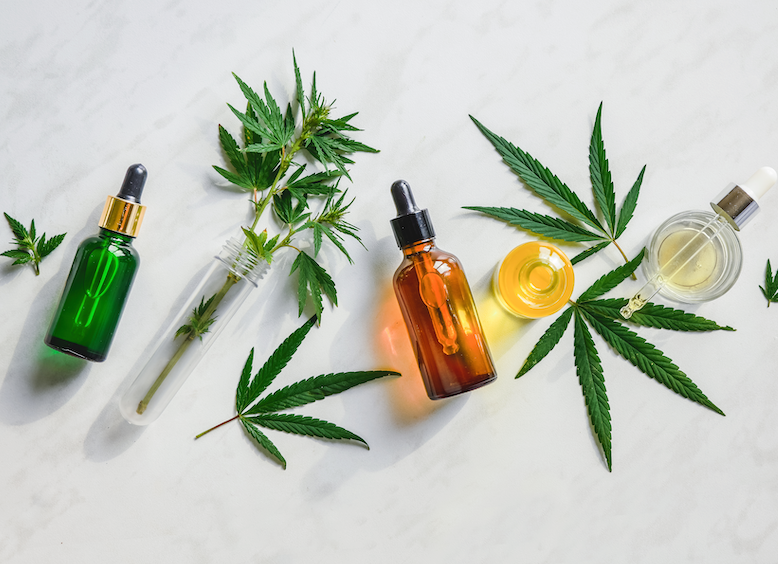Modern research on cannabis dates back decades to when Professor Raphael Mechoulam from Israel discovered the first isolate phytocannabinoid, THC, in the early 1960s. This followed the discovery of a long list of isolate compounds ranging to over hundred potential cannabinoids.
Over the years, we discovered that it’s possible to have two versions of the same cannabinoid compounds, as in the case of THCA and THC. The difference between the two is that THC holds its carboxyl acid group, meaning it only exists in raw plants that have not combusted. THCA loses the carboxyl acid upon exposure to high temperature, and it becomes THC.
Recently two more cannabinoids have been discovered within the cannabis plant, showing that the book has yet to close on cannabinoid discovery The first, Tetrahydrocannabiphorol (THCP), imitates the same rough structure as tetrahydrocannabinol (THC).
THC is one of the main compounds in cannabis, which is responsible for the mind-altering psychoactive effects. Though THCP has a similar structure to THC, studies show that THCP is 30 times more powerful than the psychoactive THC.
The second cannabinoid, identified as cannabidiphorol (CBDP), links to CBD and may have additional benefits as an anti-inflammatory, antioxidant, and anti-convulsant.
Furthermore, it’s does not create heavy psychoactivity, similar to its close cousin CBD. The main difference between these four compounds is that while THCP and CBDP have seven links each in their side-chain, the other two THC and CBD only contain five links.
What are Cannabinoids?
Cannabis strains vary from plant to plant and these differences are due to the chemicals cannabinoids and terpenes. Most people believe that cannabinoids, as well as terpenes, are responsible for the difference in levels of different strains and effects on the body.
There are more than a hundred cannabinoids, but researchers believe that only the THC causes the “high” feel linked with the use of marijuana.
The discovery of two new cannabinoids begs to differ with this claim as one of these compounds is psychoactive, as stated above. This discovery shows that we are just starting to scratch the surface behind the science of marijuana.
How THCP works?
The newly discovered cannabinoids could be the answer to the use of specifically targeted properties and aspects of marijuana. It could be possible to grow a strain of cannabis that has THCP as the primarily dominant strain. Therefore, we can derive the compound for creating cannabis-infused products that allow users to enjoy its therapeutic and medical benefits.
According to the group of researchers, as they described in their report in the journal Nature, they isolated the two cannabinoids whereby the THCP can interact with the CB1 and CB2 receptors in the endocannabinoid system found in the human body.
Typically a cannabinoid needs to have at least three rings for it to bind with CB1; THC has five of these rings. A cannabinoid with more than five rings would connect smoothly with the body’s receptors. Eight carbon rings would be an absolute wonder capable of producing a strong biological response. Unfortunately, no such compound was known until THCP, which boasts of seven carbon rings.
Medical Implications of Discovery
It’s not yet clear if CBDP holds any extra therapeutic values. On the other hand, THCP could be the next big promise to enter medical cannabis research.
THC only requires three links to interact with cannabinoid receptors. However, scientists realized that the ability to bind peaks when it’s at eight links, then this ability starts to reduce. THCP is much closer to this peak than any other known cannabinoid.
If this is the case, the medical benefits of THC can rise tremendously with the addition of THCP. This possible booster could help THC deliver benefits such as relief for pain, nausea, and more.
Scientists believe that this discovery can help them understand how different cannabis strains cause diverse effects. They claim that they are not aware of any other naturally occurring phytocannabinoid with such a structure, they hope to use it to understand different results caused by cannabis and to use the same to promote healing and wellness.
With such a discovery, more and more people can benefit from the therapeutic and medical benefits of marijuana in a higher and more potent dose. It also shows that we still have a lot more to learn about cannabis.






